How to grow periwinkle
Last Update :2024.11.13
Article Catalog
Soil: Periwinkle is suitable for sandy soil with good drainage and ventilation. Moisture: Avoid getting wet and avoid waterlogging. Don’t water the pot soil too much. Keep it dry in winter and drain well in rainy season. Propagation method: Both sowing and cutting are acceptable. Maintenance skills: It needs sufficient light, the room temperature in winter is above 5℃, and the ripening period of flowers and fruits is September to October.

soil requirements
Soil requirements
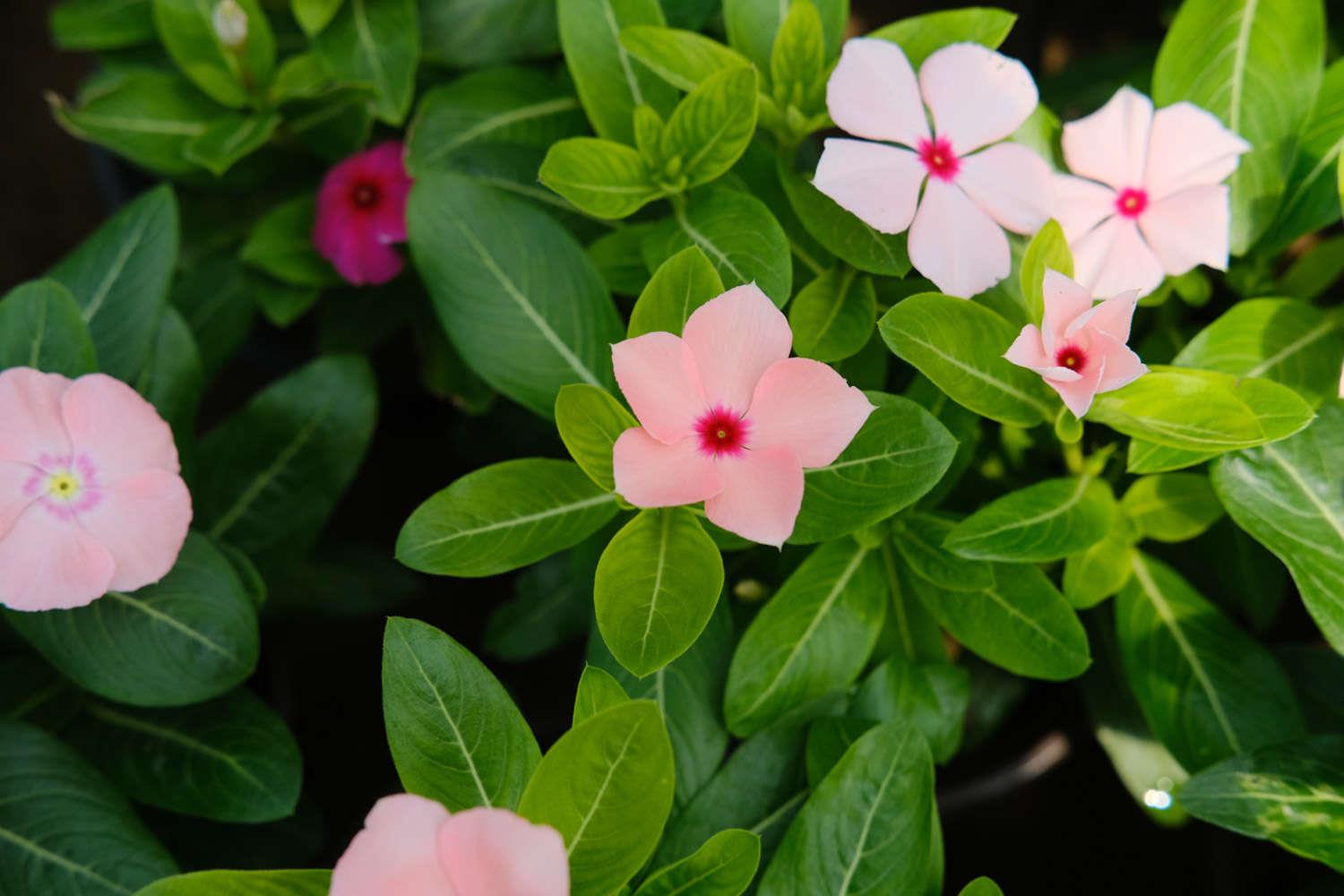
Periwinkle is native to In tropical areas of Asia, it likes warmth, is intolerant of severe cold, avoids moisture and is afraid of waterlogging. Catharanthus roseus can be cultivated in general soil, but saline-alkali soil is not suitable. Sandy soil with good drainage and ventilation is better.
When potting periwinkles, use loose soil rich in humus. Pot the seedlings when they have 6-7 true leaves. Pinch the seedlings once when they are 7-8 cm tall, and twice in the future to promote more branches and more flowers. Normally, periwinkles should not be watered too much, as too much moisture will affect their growth and development. Catharanthus roseus needs some nitrogen fertilizer for a long time, and some phosphorus fertilizer can be added during the budding period. After flowering, the remaining flowers must be cut off.
Moisture requirements
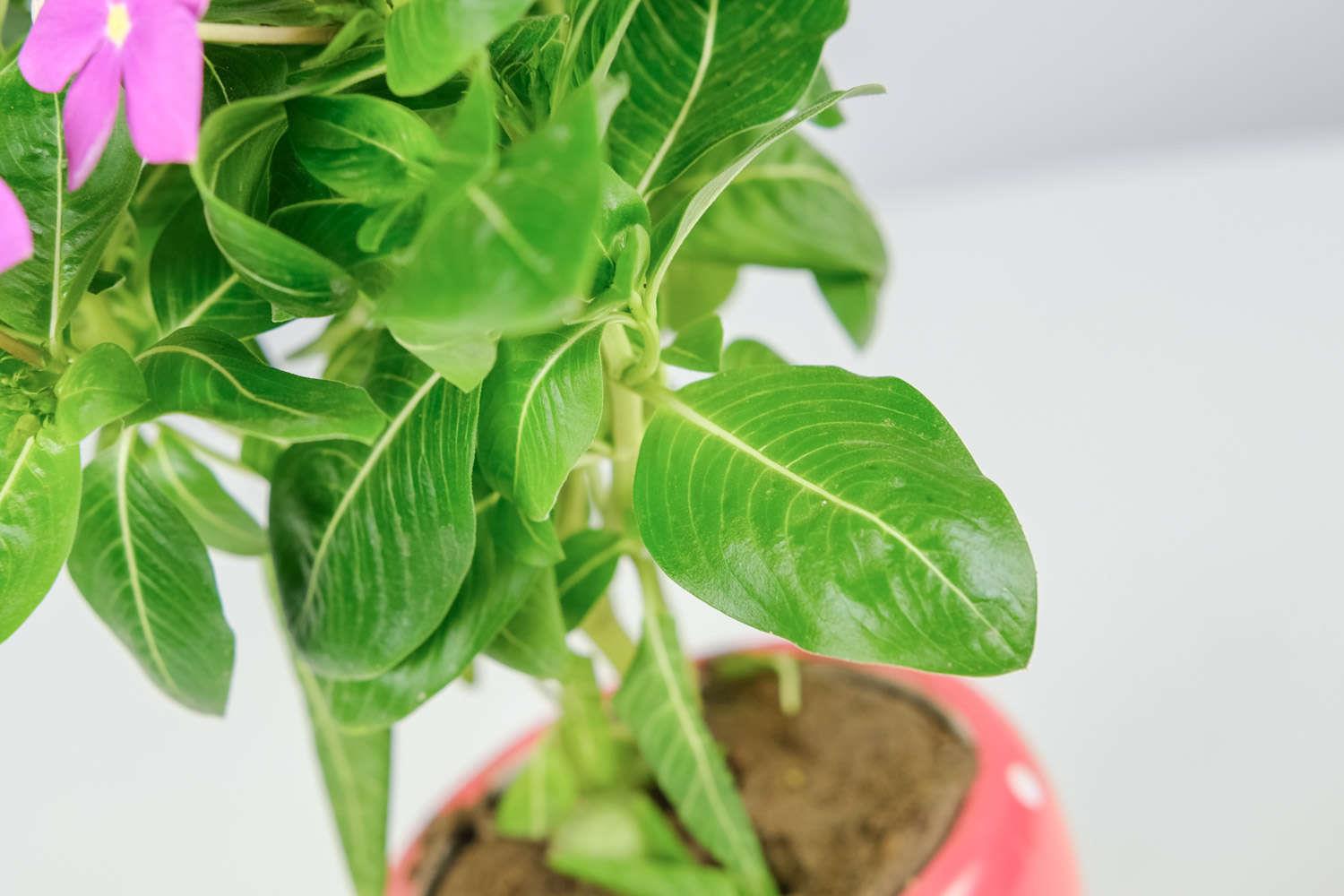
Changchun Flowers should avoid moisture and waterlogging, and the pot soil should not be watered too much. Excessive moisture will affect growth and development. In particular, indoor overwintering plants should strictly control watering and keep them dry, otherwise they are very susceptible to freezing. Cultivation in the open field, midsummer showers, pay attention to timely drainage to avoid waterlogging and death of the entire area.
Propagation methods
Periwinkle is mostly propagated by sowing.
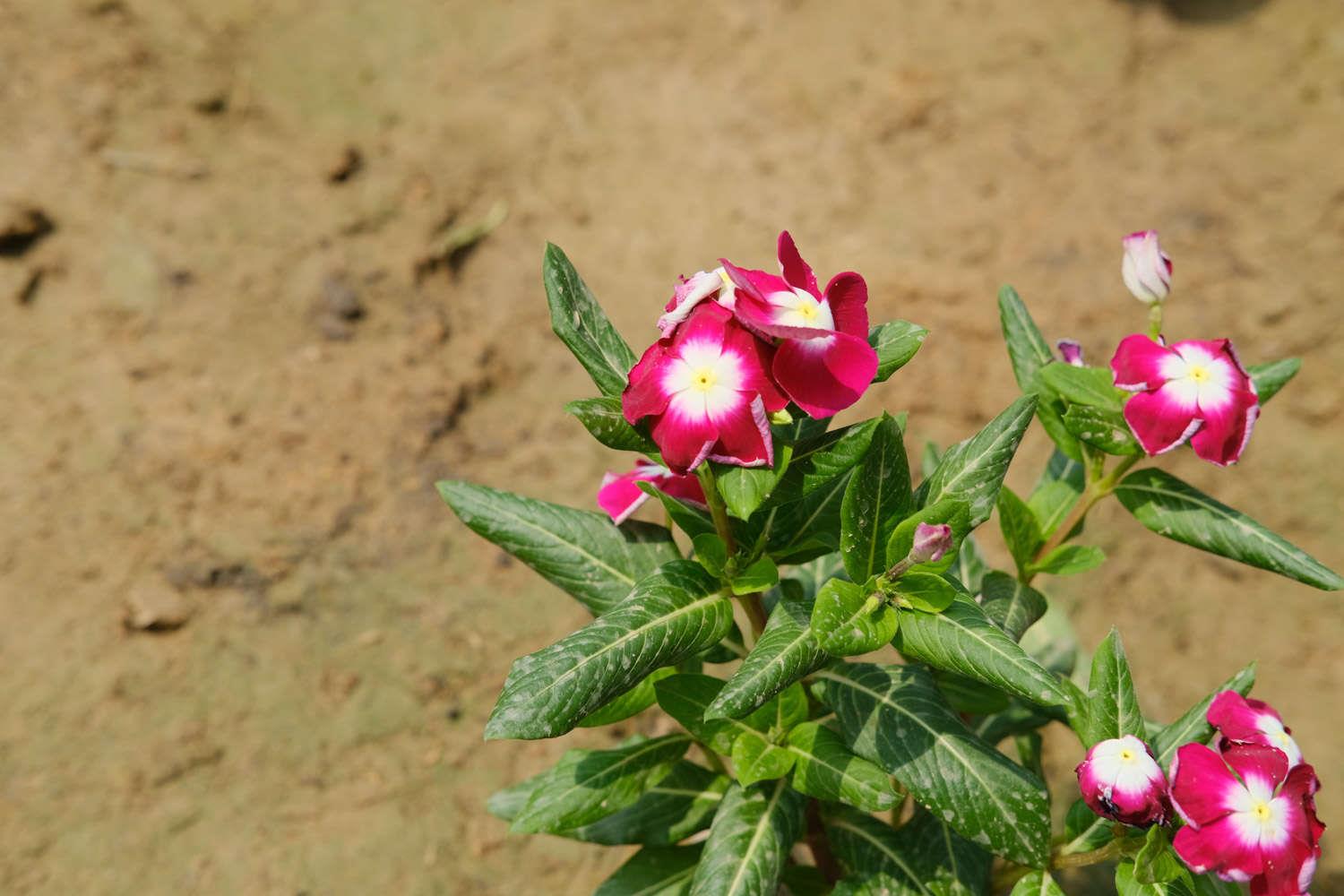
Sowing in early spring, the seedlings will grow slowly in the early stage. When the seedlings grow to 3-4 true leaves, start transplanting them separately. When there are 6-8 pairs of true leaves, the seedlings can be transplanted.
In the planted flower beds in May, water once every 3 to 5 days, and apply appropriate topdressing of phosphorus and potassium fertilizers, so that the flowers will be more leafy and luxuriant. Propagation by cuttings: In spring, you can take the young shoots from the overwintering old plants, cut them to 8 cm long, with some leaves attached, and insert them into moist sandy loam soil. The rooting temperature is 20℃-25℃. Pay attention to shade and maintain humidity.
When the seedlings are 10 centimeters high, top them to promote growth, then put them in three-inch pots and gradually turn them into seven-inch pots. In addition, the mature fruits of periwinkle can split on their own and scatter seeds. You should pay attention to observe when the fruits turn yellow and pick them in time, otherwise it will be difficult to collect seeds. It can be planted three times a year, with an annual output of more than 1,300 kilograms of hay per mu.
Apply top dressing once every 30 days or so during the growing season. Pay attention to watering at any time, but do not allow water to accumulate. Pay attention to drainage during the rainy season.
To promote branching, topping should be carried out 2-3 times from planting to mid-August, so that flowers and leaves can flourish.
The wintering temperature is 10-12℃. For periwinkle sowing, start sowing when the temperature rises to about 10C. Transplant the seedlings once when they grow 4-5 pairs of true leaves. You can also take cuttings from the twigs of the overwintering old plants in the spring.
Maintenance skills
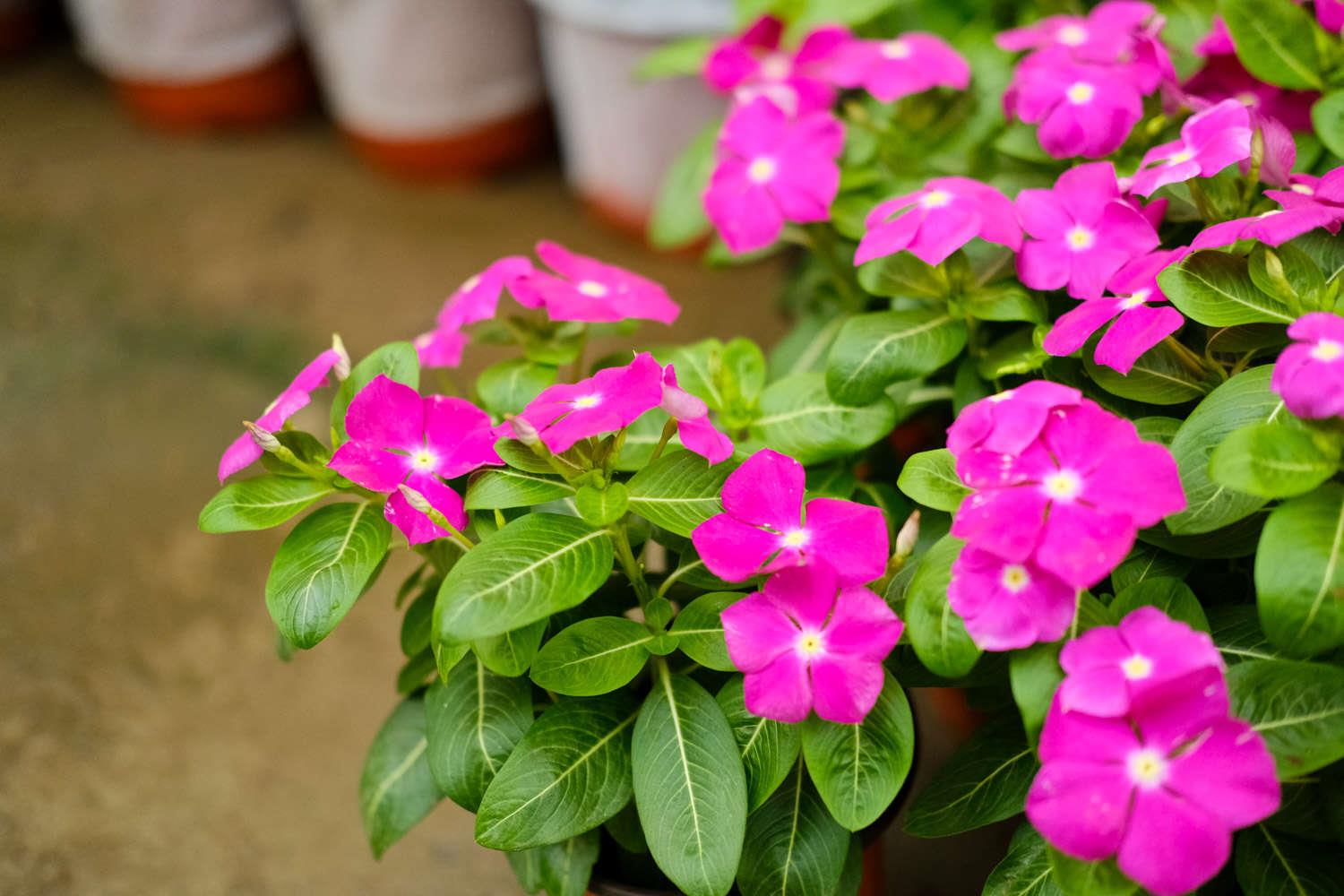
Usual When managing periwinkle, you should also pay attention to ensure that the plant is given sufficient light. If it is in the shade for a long time, insufficient light will cause the leaves to turn yellow.
If the soil is alkaline and hardened, has poor ventilation and poor water penetration, it will also cause poor plant growth, yellow leaves and no flowering.
In winter, it should be moved indoors, the room temperature should be kept above 5 degrees, and watering should be controlled. The pot soil should be dry.
If the home room temperature is kept at around 15-20 degrees, it will continue to bloom continuously. After spring, periwinkles can be moved outdoors for management. Catharanthus roseus is generally repotted every two years.
The ripening period of periwinkle fruits is from September to October. The fruits mature one after another and must be collected in time. Catharanthus roseus is mostly propagated by sowing seeds.
Sowing is usually carried out in early April and can be sown in the open field or in pots. In addition, you can also take cuttings from old plants in spring to propagate, and then top the periwinkles after they survive to promote more branches.
Breeding method
Maintenance tips
- END -
How to care for the money tree you purchased: Do you need to repot it? How to water?
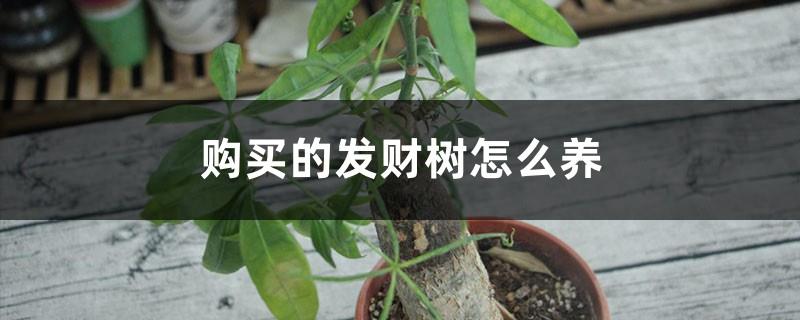
Don’t rush to repot the money tree you purchased, wait until it slowly adapts to ...
How to grow Emei Sizhao flowers

Soil: It is best to plant in sandy soil with good drainage and fertile soil. Ferti...